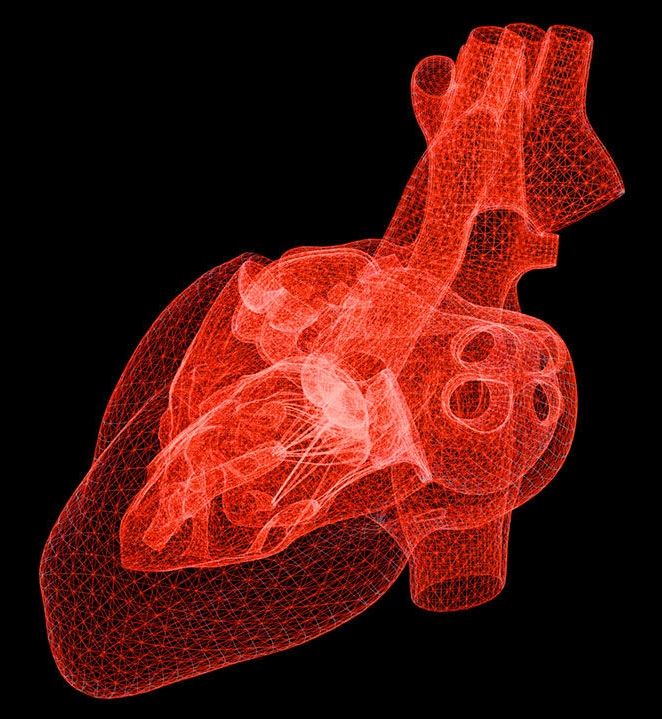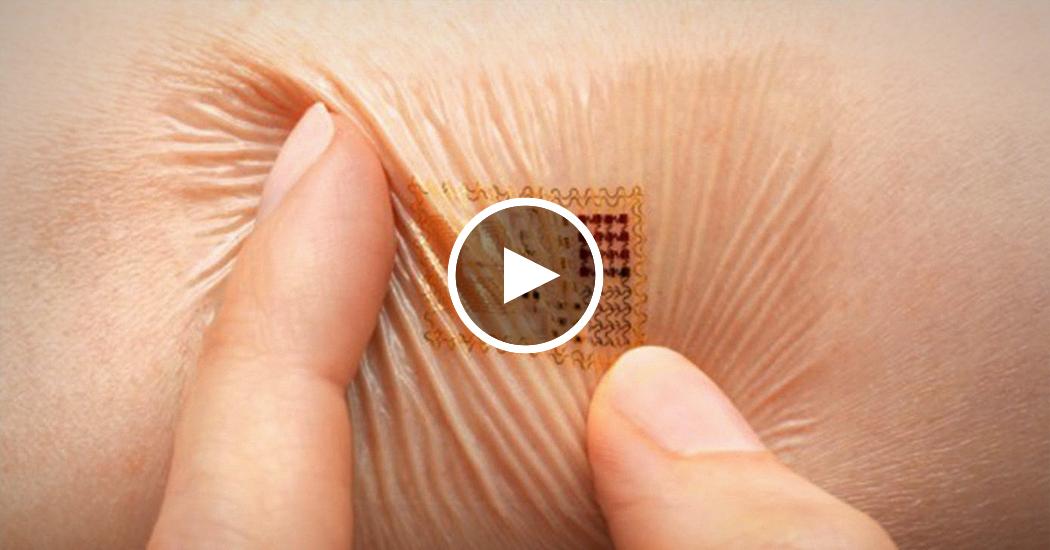Is the quest to collect comprehensive health data and use it as a map and compass, pointing the way to disease prevention.



A few weeks ago we unveiled the latest eight companies that are part of our URBAN-X smart cities accelerator in Brooklyn. This is the second time we’ve run this program, which differs a little from SOSV’s other ecosystem accelerators, in that the space isn’t constrained by the deep intricacies of a vertical (manufacturing, biotechnology, etc) as much as by environment and mission. The kind of companies we’re interested in working with through this program are changing the way that humans live in cities: they’re working on topics as various as mobility, urban health and safety, energy, waste, water, city planning, construction, and beyond.
We see hundreds of applicants to our program, and interface with hundreds more through our network, mentors, and co-investors. Here are some of the trends we’ve seen ticking up over the last 12 months or so:

Doctors have lots of tools for predicting a patient’s health. But—as even they will tell you—they’re no match for the complexity of the human body. Heart attacks in particular are hard to anticipate. Now, scientists have shown that computers capable of teaching themselves can perform even better than standard medical guidelines, significantly increasing prediction rates. If implemented, the new method could save thousands or even millions of lives a year.
“I can’t stress enough how important it is,” says Elsie Ross, a vascular surgeon at Stanford University in Palo Alto, California, who was not involved with the work, “and how much I really hope that doctors start to embrace the use of artificial intelligence to assist us in care of patients.”
Each year, nearly 20 million people die from the effects of cardiovascular disease, including heart attacks, strokes, blocked arteries, and other circulatory system malfunctions. In an effort to predict these cases, many doctors use guidelines similar to those of the American College of Cardiology/American Heart Association (ACC/AHA). Those are based on eight risk factors—including age, cholesterol level, and blood pressure—that physicians effectively add up.

Where’s my money, you’re asking? Me too! There shouldn’t be poverty in America or people that can’t reasonably afford health insurance—it’s that simple. Below I’m resharing my TechCrunch California Governor policy article on a Universal Basic Income. If you’re in California, you will be able to vote for me to try to see this become a reality: https://techcrunch.com/2017/04/10/is-monetizing-federal-land…ic-income/

What if doctors could monitor patients at home with the same degree of accuracy they’d get during a stay at the hospital? Bioelectronics innovator Todd Coleman shares his quest to develop wearable, flexible electronic health monitoring patches that promise to revolutionize healthcare and make medicine less invasive.

China has made the precision medicine field a focus of its 13th five-year plan, and its companies have been embarking on ambitious efforts to collect a vast trove of genetic and health data, researching how to identify cancer markers in blood, and launching consumer technologies that aim to tap potentially life-saving information. The push offers insight into China’s growing ambitions in science and biotechnology, areas where it has traditionally lagged developed nations like the United States.
Precision medicine a focus of latest five-year plan.
PUBLISHED : Thursday, 09 February, 2017, 1:42pm.
UPDATED : Thursday, 09 February, 2017, 1:42pm.

At times, DNA testing can feel more like horoscopes than science. In many cases, we just don’t know enough about a gene to say what it means for our health. For this reason, the Food and Drug Administration has sought to protect consumers by preventing DNA testing companies from telling them whether or not they’re are at risk for a certain disease. Until now.


SAN FRANCISCO, April 4, 2017 /PRNewswire/ — Enlitic, a medical deep learning company, is pleased to announce that it has executed a Memorandum of Understanding (“MOU”) with Beijing Hao Yun Dao Information & Technology Co., Ltd (“Paiyipai”) to provide Enlitic’s deep learning solution to Paiyipai for diagnostic imaging in Health Check centers across China.
Paiyipai is a medical big data company. The company is a market leader in China in the analysis of individual laboratory medical test results, and the storage and distribution of user medical records.
The MOU forms the basis of collaboration for the first large-scale commercial deployment of Enlitic’s deep learning technology in China. It was executed following a successful 10,000 chest x-ray trial of Enlitic’s patient triage platform.
